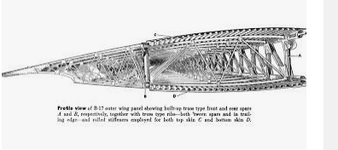Reluctant Poster
Tech Sergeant
- 1,737
- Dec 6, 2006
The paper I posted on the change in deployment is dated August 9, 1945, which is ironic as the second atomic bomb was dropped on Nagasaki that day rendering the decision moot. The comparison paper is dated August 11, 1945, so I presume it was the basis for the decision.Good catch. I knew that the deployment was planned, did not know the final reason they were stood down. Do you have the date for this?

